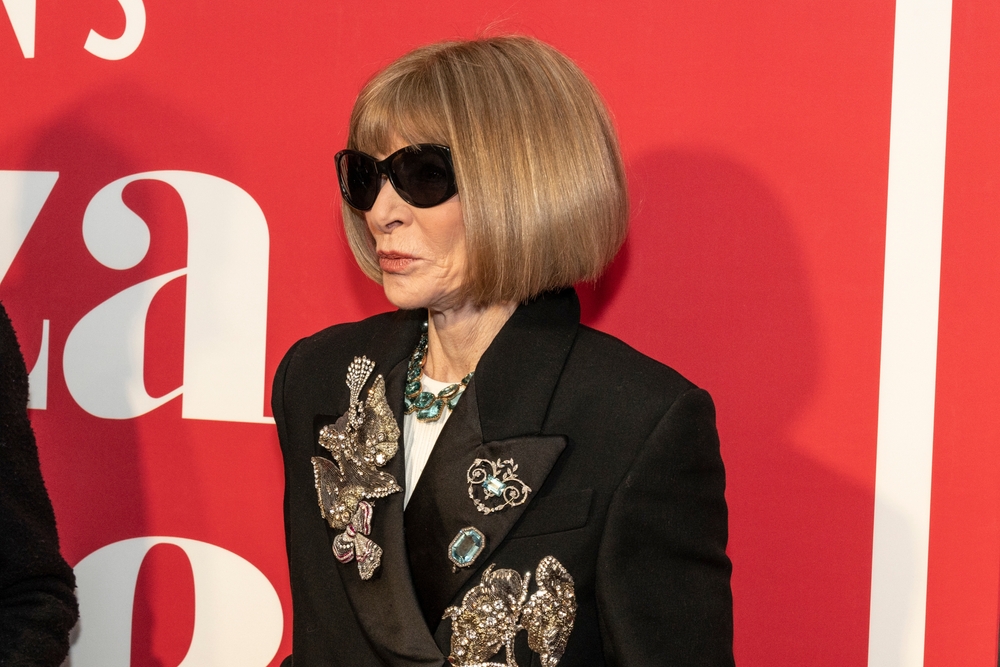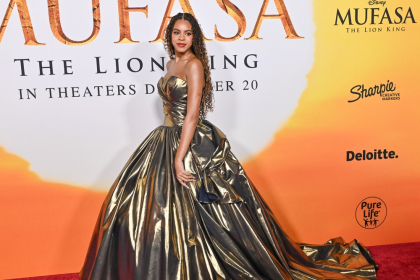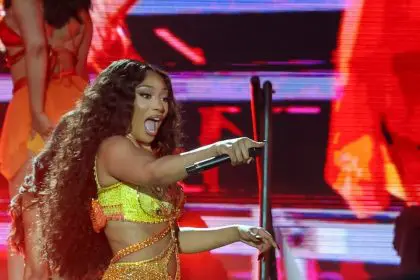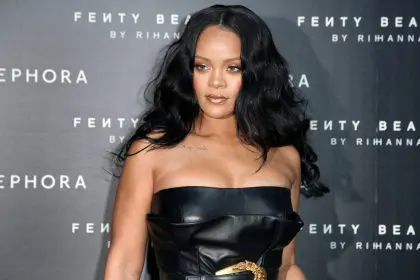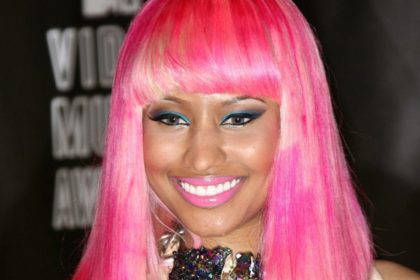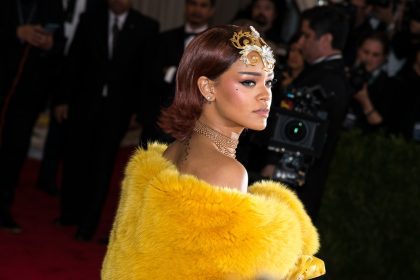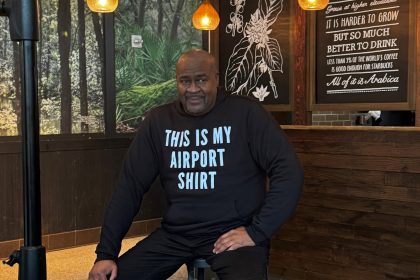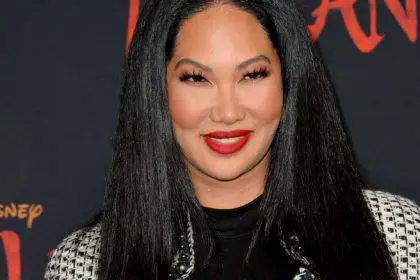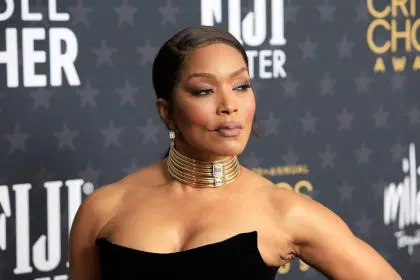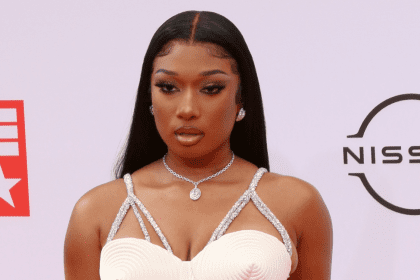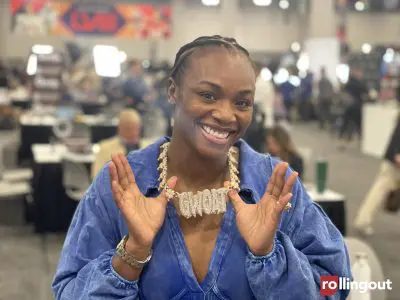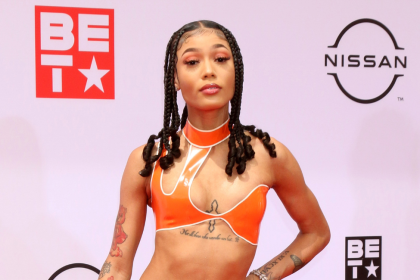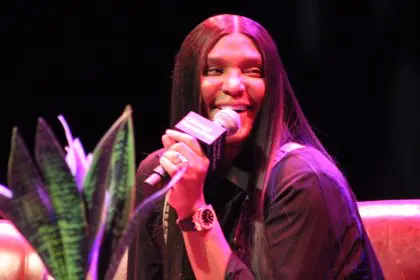The fashion industry experienced seismic shock waves following an unprecedented announcement from one of its most influential and enduring figures. Anna Wintour, the legendary British editor who has shaped global fashion culture for nearly four decades, delivered news to her staff that will fundamentally alter the landscape of high fashion media and mark the end of an era that many believed would never conclude.
The 75-year-old fashion icon, whose influence extends far beyond magazine publishing into cultural zeitgeist creation, made the revelation during a staff meeting that has sent ripples throughout the entire fashion ecosystem. Industry insiders who had long speculated about this possibility now face the reality of a transformed fashion media landscape.
Historic leadership transition reshapes magazine structure
Wintour has stepped down from her position as editor-in-chief of American Vogue after an extraordinary 37-year tenure that redefined fashion journalism and celebrity culture. The announcement marks the conclusion of one of the longest and most influential editorial reigns in magazine history, during which she transformed Vogue from a fashion publication into a cultural institution.
The transition introduces a new organizational structure where Vogue will seek a “head of editorial content” rather than a traditional editor-in-chief replacement. This structural change aligns American Vogue with the magazine’s international editions, creating a unified global approach under Wintour’s continued oversight as global editorial director.
Wintour will maintain her expanded roles as Condé Nast’s global chief content officer and global editorial director at Vogue, positions that allow her to oversee eight international editions while supervising nearly every title within the publishing company. This restructuring enables more balanced attention distribution across the media empire she has helped build.
Revolutionary career transforms fashion journalism landscape
Wintour’s impact on fashion media began with her 1988 appointment to American Vogue, following her earlier tenure as editor-in-chief of British Vogue from 1985. Her first cover in November 1988 featured denim for the first time in the magazine’s history, immediately signaling her intention to challenge traditional fashion publishing conventions.
The groundbreaking cover, featuring model Michaela Bercu in casual denim paired with high fashion, broke established rules about Vogue’s typically elegant and formal aesthetic. This bold editorial choice demonstrated Wintour’s vision for democratizing fashion and making high-end style accessible to broader audiences while maintaining the magazine’s prestige positioning.
Her editorial innovations included pioneering the use of celebrities on magazine covers, a practice that other publications quickly adopted and that fundamentally changed how fashion magazines approach content creation and audience engagement. This strategy helped establish Vogue as essential reading beyond traditional fashion enthusiasts.
Cultural influence extends beyond traditional publishing
Beyond her magazine work, Wintour transformed the Metropolitan Museum of Art’s annual Costume Institute fundraiser from an exclusive society event into one of the world’s most watched red carpet spectacles. The Met Gala, under her leadership, became a global cultural phenomenon that generates international media coverage and social media engagement.
Her cultural influence has been documented and celebrated through various media, including the 2009 documentary “The September Issue” and served as inspiration for fictional portrayals such as “The Devil Wears Prada.” These representations have cemented her status as a pop culture icon whose influence extends far beyond fashion industry boundaries.
Wintour’s tenure coincided with dramatic changes in media consumption, digital transformation, and shifting fashion industry dynamics. Her ability to navigate these changes while maintaining Vogue’s relevance and prestige demonstrates her adaptability and forward-thinking approach to leadership.
Industry speculation finally reaches resolution
Rumors about Wintour’s potential departure from her editor-in-chief role have circulated for years, typically dismissed by company representatives or Wintour herself. The persistent speculation reflected both the industry’s recognition of her irreplaceable influence and uncertainty about succession planning for such an iconic position.
This transition represents Condé Nast’s first concrete step toward post-Wintour succession planning, acknowledging that even the most influential leaders eventually require organizational evolution. The restructuring approach suggests careful consideration of how to maintain editorial excellence while adapting to contemporary media industry demands.

